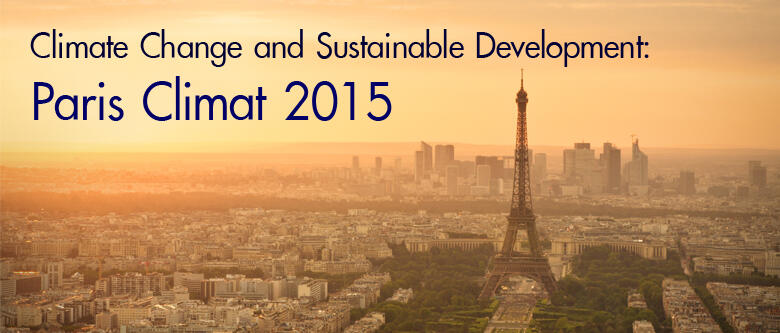The sick, the elderly and the young have long been identified as vulnerable to extreme weather events and climate change. But a new report by independent health advocacy organisation Doctors for the Environment Australia (DEA), suggests children and paediatric health services could be most at risk. It calls for a commitment to strong targets and leadership in the upcoming global climate negotiations in Paris, a transition to renewable energy, curtailment of fossil fuel burning and a national climate change adaptation plan to be implemented across every state and territory. “I think climate change has been thought of as an environmental issue, but really it’s fundamentally a health issue,” said Dr Sallie Forrest, report co-author and DEA policy and advocacy officer. The report was timed for release before the mid-year announcement of the Abbott government’s new emissions targets, ahead of the Paris global climate summit in December. It linked excessive heat with premature birth during pregnancy, as well as increased childhood emergency department attendances for asthma, fever, gastroenteritis and electrolyte imbalances. A high greenhouse gas emissions scenario could lead to an estimated 335,000 new cases of bacterial gastroenteritis across all age groups in Australia by 2050, with more than $92.3 million in health and surveillance costs, according to economist Professor Ross Garnaut. “Doctors are dismayed at our country’s bipartisan targets for reducing emissions by 5 per cent by 2020 on 2000 levels and by moves to increase coal exports,” the report said. “These are both at odds with protecting our most precious asset, our children,” she said. Mother-of-two Cathryn Taylor said her daughters definitely spend less time in their Picton backyard during the summer months. “They are not as interested in playing sport once the temperature rises, they come inside much more often. “One of my daughters is quite allergic, she has asthma. So when there’s a higher pollen count she definitely has a response.” In Australia one in every 10 children suffers from asthma. Some research suggests a current global increase in childhood asthma can be linked to increased exposure to warmer winds and allergens in the air as a result of climate change. On the playground at Harrington Park Public School, principal Andrew Best remembers once upon a time when sport was only cancelled on rainy days. “Now we have the other end of the spectrum where it’s too hot for sport or daily fitness…It’s becoming increasingly difficult during the summer.” In February this year, Mr Best said children were kept indoors at lunchtime play around once a week, as temperatures stuck in the high 30 and 40 degree range. Heatwaves are recognised as the leading cause of fatalities from natural disasters in major cities, a risk which may increase with further global warming. In a heatwave currently sweeping India the death toll has now surpassed 1000, as people struggle to cope with temperatures of up to 50C. Dr Forrest pointed to the estimated 374 excess deaths which occurred during the accompanying heat wave after the Black Saturday Bushfires in Victoria in 2009, as well as the death toll of more than 130 Victorians during last year’s record-breaking temperatures in January. “I think there’s a real lack of funding at a federal and state level for looking at how bad this problem is.” Deaths related to extreme weather events, like heatwaves, are described as “pointy end threats,” by Professor Hilary Bambrick, chair of population health at University of Western Sydney’s Centre for Health Research. “Those that are fairly direct, obvious and readily measurable,” she said, but added that it will be “the less direct…harder to measure outcomes” that will have the biggest impacts on population health, such as agricultural productivity declines or conflict over increasingly scarce resources.
Lucy Cormack
Sydney Morning Herald











